From day one the automotive industry across the globe is thriving. New technologies and intricate techniques are being developed every second to make travel more comfortable and environment friendly. That said, electric vehicles are still far from becoming daily drivers for many. Hence, the immediate future still are efficient IC or internal combustion engines. Talking about the advancements in powertrain technology, the engines currently plying on the road are ever more efficient and powerful. One of these typical technologies is to give engines the required gain is called the forced induction. Well, if you are not aware, force induction includes turbocharging or supercharging or both.
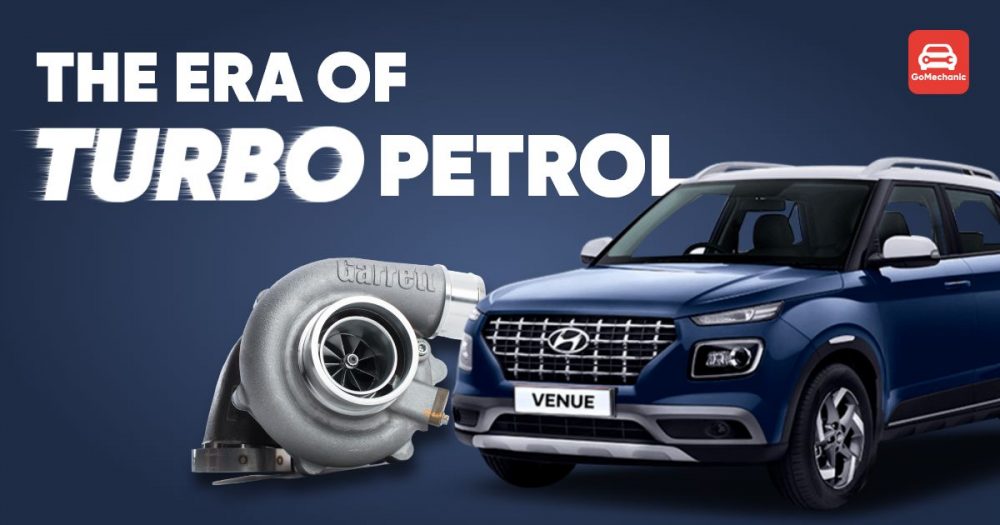
At the moment, most of the cars sold in India, are either naturally aspirated or are turbocharged. After receiving a lot of questions about whether to buy a car with a naturally aspirated engine or a turbocharged engine is a better buy or in other words which one India loves. So, it’s clear the dilemma once and for all.
GoMechanic News: Maruti Suzuki Jimny Turbo Petrol To Debut Next Year?
Before getting straight into the question, let’s see what is forced induction and is it better for the engine with natural aspiration?
What is Forced Induction or Turbocharging?
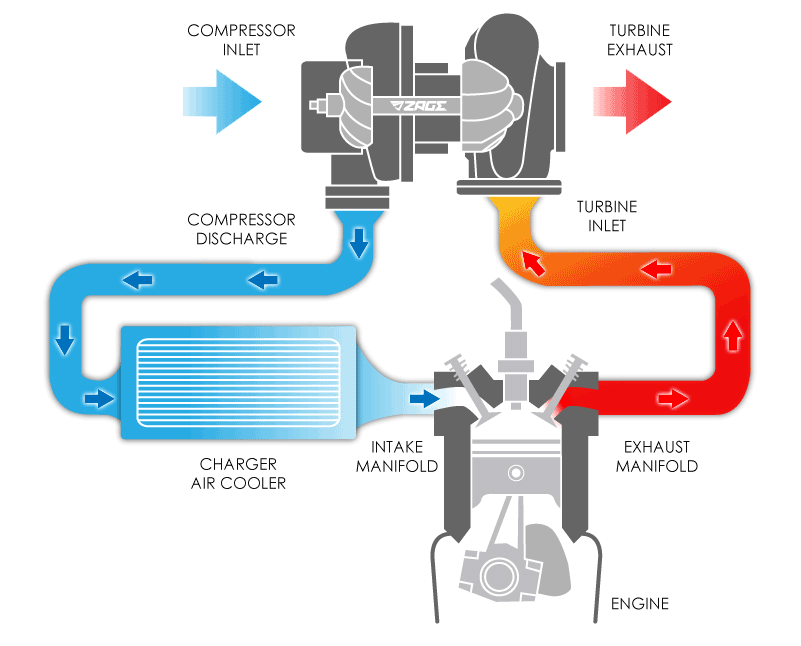
All of us know the basic working principle of an internal combustion engine. Exactly, to generate power a 4 stroke engine carries 4 cycles or strokes, suck, squeeze, band and in the end blow. Be it an engine with forced induction or natural induction, the 4 strokes are identical for both. So where does the difference lies you may ask.
- Well, the things that are different in both the engine are the physical and chemical properties of the air getting inside the combustion chamber during the intake stroke.
- In a turbocharged engine, the air from the atmosphere gets compressed and then is forced into the combustion chamber.
- This lets a small capacity engine behave as a higher capacity engine (as more air is compressed and forced inside the engine).
- In turn, it generates more power and torque figures than naturally aspirated ones. This is when both engines are identical in terms of capacity.
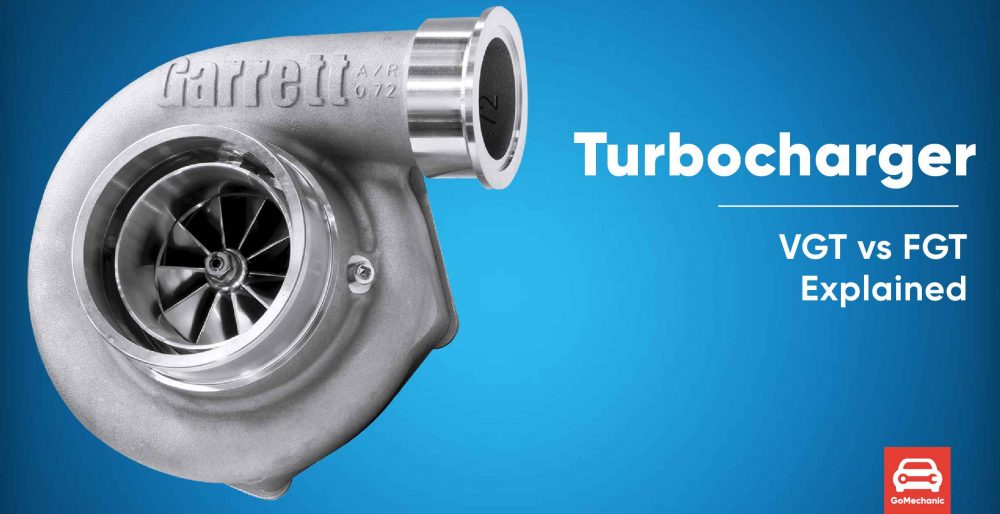
So, does this mean turbocharges engines better? hold that thought, we are getting to it.
Informative Read: Turbocharger Vs Supercharger | GoMechanic Basics
Naturally Aspirated Petrol engines
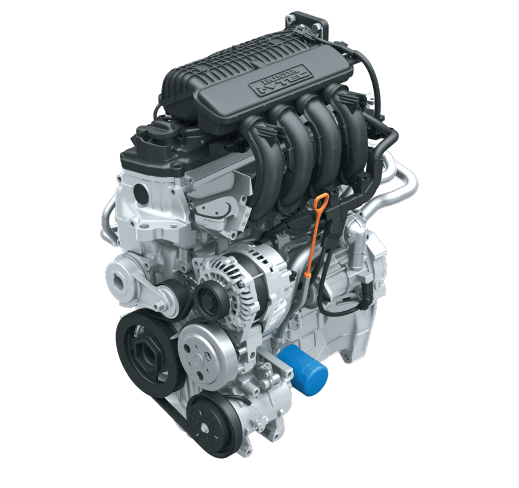
When an internal combustion engine is not turbocharged or supercharged it is naturally, naturally aspirated. This is where the atmospheric pressure or vacuum inside the cylinder pulls the air inside.
- A naturally aspirated petrol engine pulls the air from the environment at approx 14.7psi or 1atm.
- Rest of the combustion process between both the type of motors remain the same.
- Now with both the type of engine intakes clear which one is better or which one India loves?
Download the GoMechanic app now!
Naturally Aspirated Engine VS Turbocharged Engine

Naturally Aspirated engine |
|
| Pros | Cons |
| Cheaper and easy to Maintain | Less efficient |
| Are cheaper to buy | Low on power and torque |
| Low research and development cost | Lower tuning potential |
| Better throttle response | Faces difficulties on hills |
| Sounds better | Generate considerably more emissions |
| More Reliable | |
Pros
- Because of fewer moving parts and these are easily cheaper to maintain and service.
- As the engine has low research and development cost, naturally aspirated engines usually are cheaper than turbo petrol engines.
- The engine takes the air directly from the atmosphere, hence the vehicle does what your right foot says as these are peppy and are sensitive to even small throttle inputs.
- The pressure inside the combustion chamber is low. This translated to better engine temperature management which in turn makes the engine more reliable.
Cons
- Well, in normal conditions naturally aspirated engines are less efficient.
- Sure, these engines can be tuned but the gains will not be that major. So, if you are in the market for a car that has tuning potential, naturally aspirated is a hard pass.
- As the air on higher altitudes or in mountains is thin, this type of engine usually struggles to maintain pace.
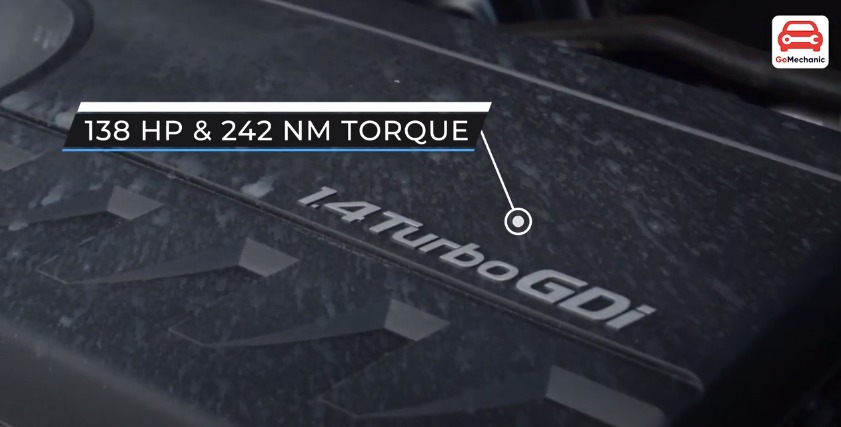
Turbocharged engine |
|
| Pros | Cons |
| Have better power to weight ratio | Expensive to research and manufacture |
| More efficient if driven carefully | Can overheat |
| Better torque delivery | A little less reliable |
| Widespread torque curve | Faces turbo lag |
| Easy to drive on hills | |
| Higher tuning potential | |
Positives
- Can extract more power from the same amount of fuel.
- The engine can sustain peak torque for a larger RPM range.
- Due to forced inducted, can fare a little easy to drive on hills
- Can have huge power gains when tuned.
Negatives
- For starters researching an engine with a turbocharger is an intricate process. Hence requires more brains and capital.
- Though a turbocharged engine has a lower compression ratio, the temperature on the inside can rush up very quickly if not cooled well. This is because of the pressurized air that is pushed into the engine making the engine not that reliable.
- For sure these engines have a better torque delivery, but they face turbo lag. This is the RPM band where the turbo has not spooled to produce boost. Meaning, it almost behaves like a naturally aspirated engine.
So, which one does India Love?
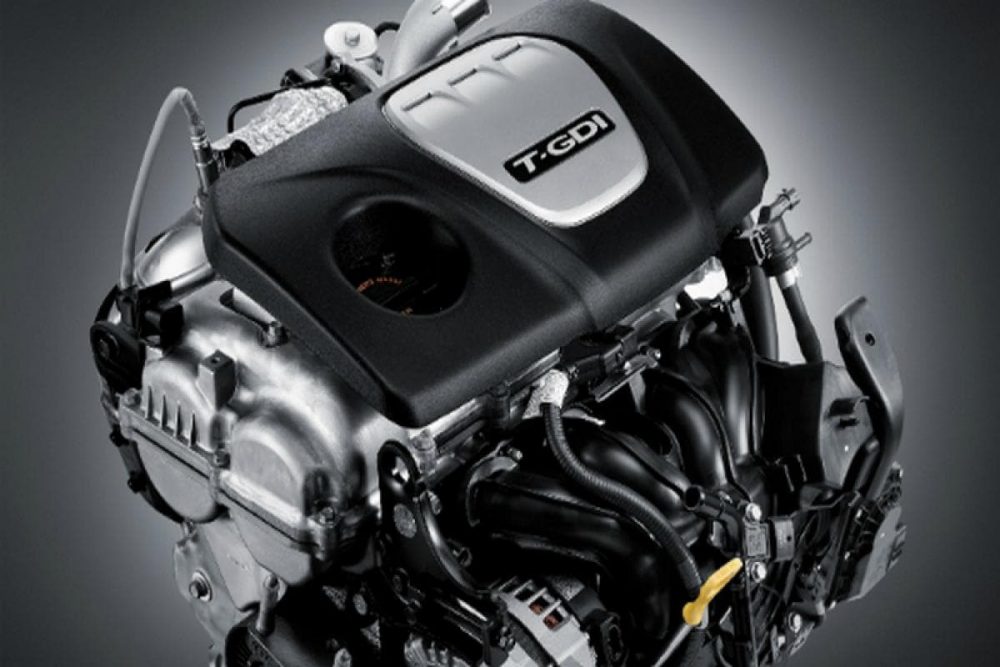
Well, to start with, turbo petrol engines in India exist for almost a decade now. One of the two (affordable) vehicles in the market to get turbo petrol engines were Volkswagen Polo and Ford Ecosport. Later the other started offering the same but in limited cars.
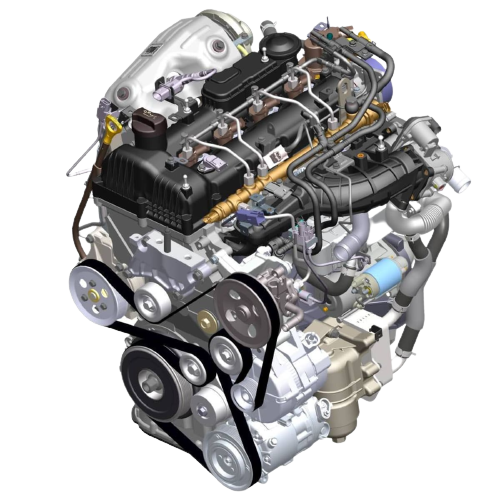
Next, it wasn’t until the implementation of BS6 emission norms that these turbo petrol engines gained pace. Now, almost all the carmakers here in India offer at least one vehicle with a turbo petrol engine.
- Earlier, the lack of knowledge drove people towards naturally aspirated engines. As on paper, they displace more capacity. And according to our opinion, back hardly people considered a 1.0-litre turbo petrol engine.
- But now, the market is just repleted with the turbo petrol engines. And slowly awareness is creating in and people have started noticing turbo petrol engines (At Last).
- If we had to guess, it’ll not be wrong to say that now, India is slowly marching towards the downsizing and turbocharging of the engines.
Also read: 8 Turbo Petrol Car To Consider In 2021 (Sub ₹20 Lakhs)
Must Read: Hyundai is obsessed with Turbocharged petrol engines. Here’s why!






